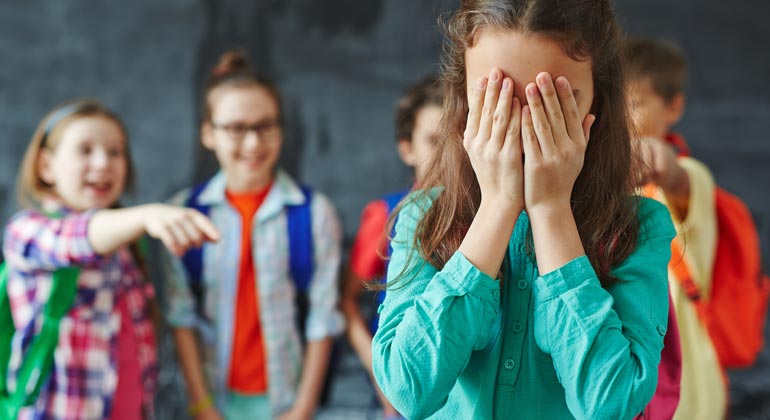Social Conflict Vs. Bullying: How to Make Sense of It All

October is National Bullying Prevention Month and recently I had the privilege of hearing Carrie Goldman author of Bullied, speak at Bernard Weinger JCC in Northbrook where parents learned the difference between social conflict and bullying, how bullying affects the brain, practical strategies to respond to bullying and much more.
Here are some takeaways from Carrie Goldman’s talk:
Bullying or Social Conflict?
Bullying is comprised of three ingredients:
- It is repetitive
- It is unwanted
- It involves a power imbalance
The three qualities of bullying evoke fear, which is another key indicator of bullying.
Bullying involves an attack on someone’s internal identity which cannot be separated from the relationship.
Social conflict typically involves something external. For instance, two friends vying for the attention of a third friend or two toddlers fighting over a toy. If the external “thing” is removed, the conflict stops.
Though social conflict may be repetitive, unwanted and even painful, the target does not feel afraid.
When Should Adults Intervene?
Adults should stay out of social conflict as much as possible and let the kids work it out. Adults can help kids think of solutions and encourage kids to speak directly to one another.
With a bullying situation, adults should intervene as soon as possible. Studies show that the human brain reacts to bullying similarly to physical injury. Ongoing bullying increases sensitivity to future attacks and even causes the target to perceive non-threatening situations as threatening.
Bullying targets are at risk of serious, long-term mental health issues, such as cutting, eating disorders, anxiety and depression.
Bystanders who witness bullying can also experience anxiety and other emotional distress because they fear it will happen to them.
How to be an Ally
Though bystanders might be afraid to speak up, here’s how to help:
- Listen to how the target feels without judging
- Call or text the target later to offer support
- Speak to friends or an adult about your concerns
- Find other allies to help you support the target
Children and teens should always remember that parents, teachers and other adults are there to support them and help them make good choices and find solutions.
For more information about bullying, social conflict and for great advice about to help you children navigate it all, check out Carrie Goldman’s website, a terrific guide filled with important, actionable information.






